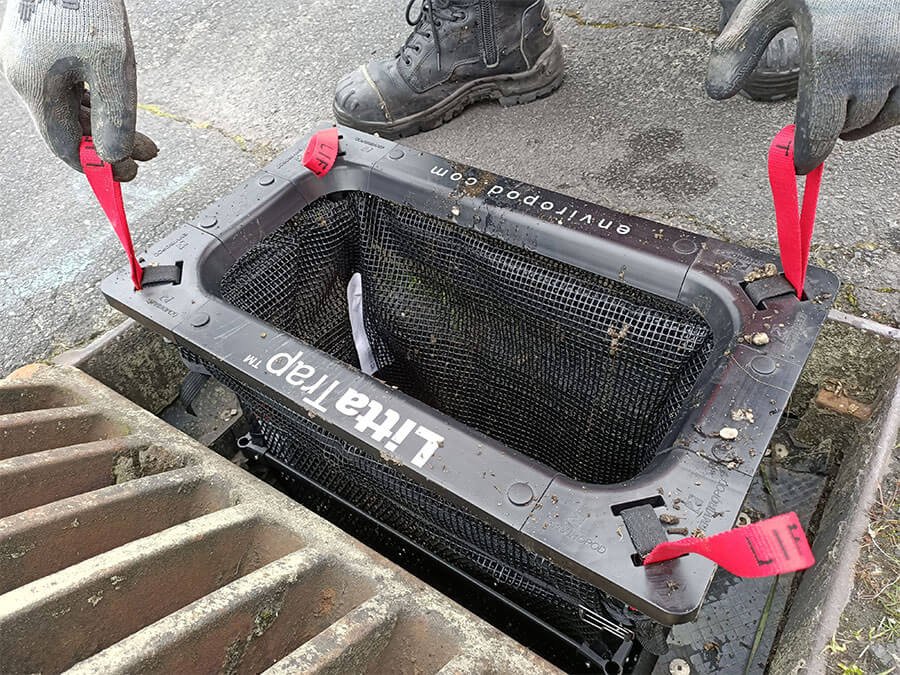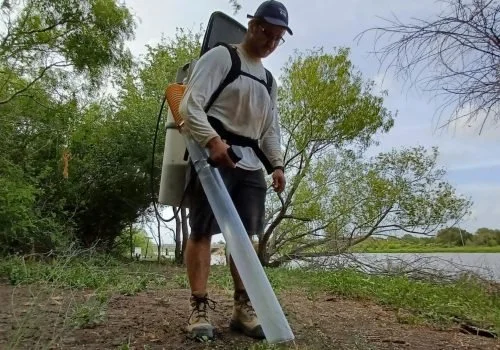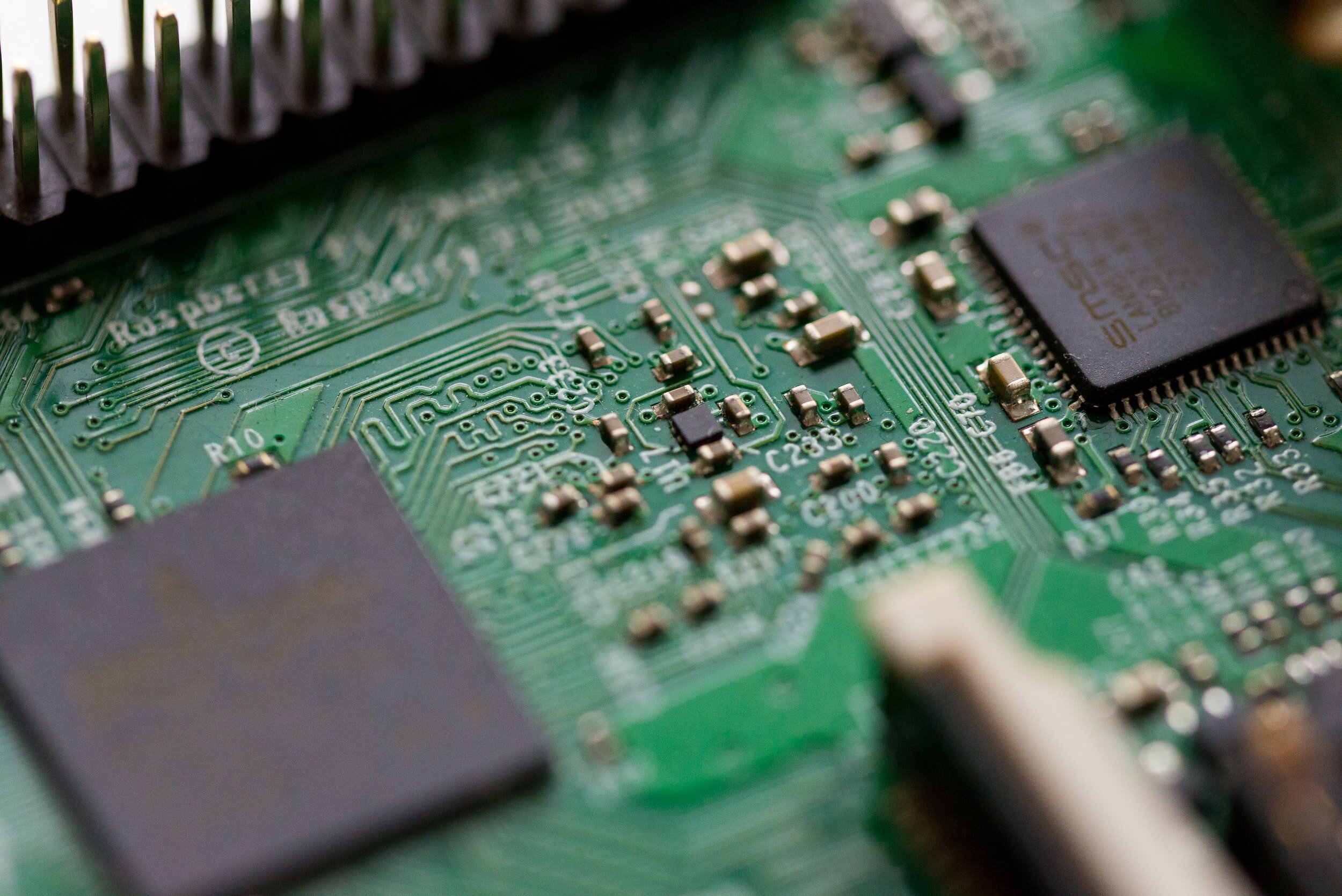Top 5 Litter Cleanup Technologies
The amount of waste produced on our planet daily is unfathomable. New York City alone disposes of 12,000 tonnes of household trash every single day. Considering the amount humans throw away, first-world countries generally have efficient and effective waste removal, but it’s not perfect. Tonnes of waste end up in the environment every year, polluting our land and water. Debris from construction, storms, and windy recycling days is scattered around accidentally with illegal dumping adding to the mess.
Keeping waste out of the environment is essential for many reasons. For one, our health relies on it. Many of us obtain our drinking water from local freshwater sources that are increasingly being polluted. It is now well known that microplastics are contaminating our soil, air, and water and we are just beginning to understand the consequences of that. Our economy is also impacted by waste, not only because litter in the environment is ugly and not good for tourism, but also because taxpayers pay billions of dollars annually for waste cleanup and disposal. We also have to think about the wildlife that gets trapped in debris or ingests it.
The good news is that there are people around the world trying to solve this problem. In the last decade, there has been a lot of innovation in environmental cleanup, and these environmental technologies keep getting better. Here are some of the top new technologies being used today:
1. Drain Trap
A LittaTrap is a device that sits inside a storm drain under the metal grate. The device can trap debris 5 mm or larger while letting water pass through easily into the drain. The mesh filter basket hangs down into the drain and can hold quite a bit of debris before it needs to be emptied. Once they’re installed they are easy to empty and maintain, but it’s important to think about where they’re being installed as traffic will need to be diverted while they’re being emptied to ensure safety. This is a very simple and effective technology when it comes to collecting debris from our streets. More information about the LittaTrap.
2. Beach Vacuum
Beach vacuums are another emerging technology being deployed to clean up the accumulation of man-made debris from our shores. Hoola One is a Quebec-based company that has developed a few different models of their beach vacuum, including a compact backpack style. These vacuums collect plastic as small as 0.001 cm in size using buoyancy separation technology. This means plastic debris is removed but sand, rocks, wood, and algae stay on the beach keeping the beach's natural ecology intact. These devices have been used to clean up high concentrations of microplastics in areas affected by nurdle spills and industrial contamination. More information about Hoola One.
3. Trash Wheel
One of the most famous litter-trapping devices is Mr. Trash Wheel. Located in the outflow of Jones Falls in Baltimore, Mr. Trash Wheel has collected over 1 million pounds of trash since 2014. The device is stationary and runs off solar and hydropower that is produced on-site. The 14-foot water wheel turns using the power of the water current which then moves the conveyor belt. Trash is picked up by the conveyor belt and is carried upward until it is dropped into a dumpster. When the water current is weak the solar panels pick up the slack to keep the conveyor belt in motion. The dumpster is on a barge, so when it’s full it’s hauled away and replaced with an empty one. The trash collected is incinerated to create electricity. Three more trash wheels have been installed in the Baltimore area since 2016. More information about Mr. Trash Wheel.
4. Barrier
The Ocean Cleanup is a project aimed at cleaning up the Great Pacific Garbage Patch in the North Pacific Ocean where debris has accumulated more densely due to the ocean currents. The technology consists of a very large U-shaped barrier that is slowly pulled across the ocean surface by boats to collect debris. At the bottom of the U, there is a retention zone where debris is gathered, and once it’s full it is brought aboard a ship to be emptied. In 2022, the device removed 153,000 kg of plastic over eight trips to the garbage patch. The biggest hurdle this technology has faced is harsh weather. Large waves and high winds make the technology less efficient and also put the crew in danger. This technology isn’t used during the winter when the weather conditions are at their worst. More Information about The Ocean Cleanup.
5. Robot
SeaClear’s ROV Tortuga is a robot that has been designed to clean up the sea floor. It is estimated that only 10% of litter floats and has the opportunity to wash up on shore or get collected at the water’s surface. That means that there are likely piles of debris sitting on the bottom of our lakes and oceans that we haven’t noticed. This robotic device includes a vessel containing a computer that sits on the surface of the water, a robot with a camera that looks for litter on the sea floor, and another robot that then collects the litter that is spotted. The vessel at the surface provides power to the other bots and uses AI technology to determine the difference between a plastic bottle and a sea cucumber. The computer analyzes what the camera bot is seeing, and then sends the cleaner bot to pick up items that are classified as litter. The litter is deposited into a tethered basket which is hauled up to the surface when it’s full. More information about SeaClear’s ROV Tortuga.
The biggest concern with all of these technologies is that they are quite costly making them inaccessible to most. The research and development that goes into building effective technology take time and money and that cost gets pushed forward into the purchase price. Over time we will see the cost of these technologies decrease, and hopefully see the efficiency continue to increase and see what the future tech will bring.
The number of people working to solve the problem of misplaced waste continues to grow, which means there will be better solutions coming to fruition in the future. There is hope that one day waste in the environment will be a thing of the past. All of the inventions above demonstrate how much promise lies ahead in solving this problem. So how can you help? The number one thing you can do to help is to decrease your waste. Every action matters especially when we work on a problem like this collectively.





















